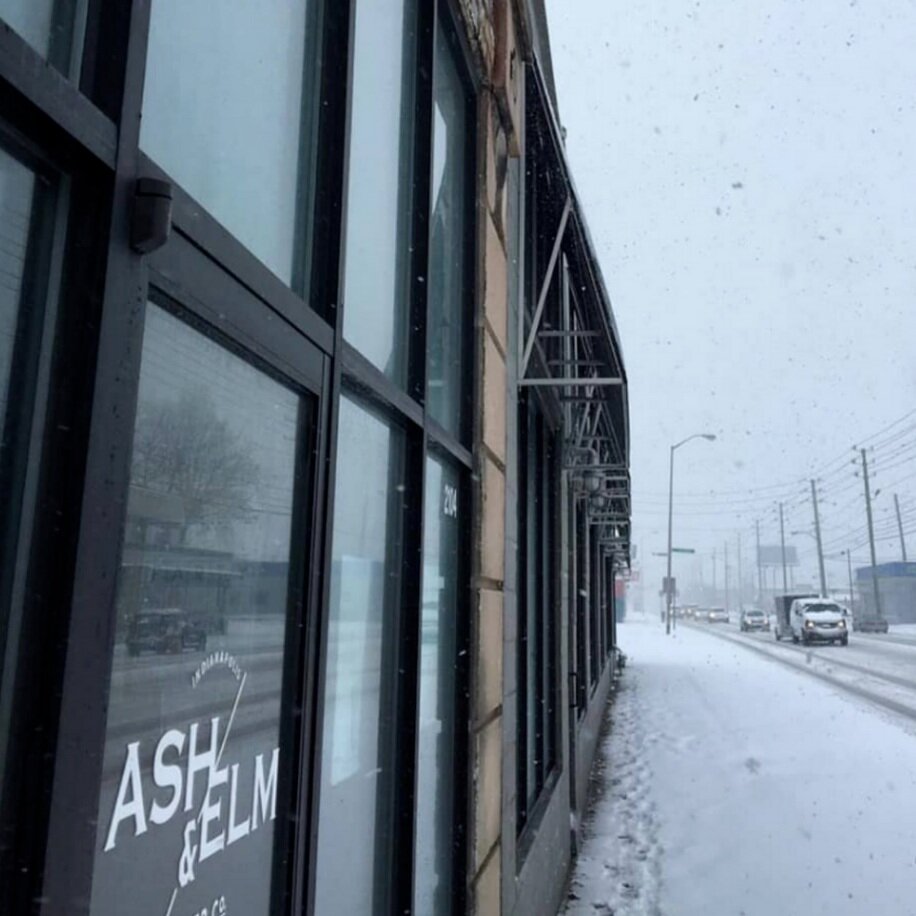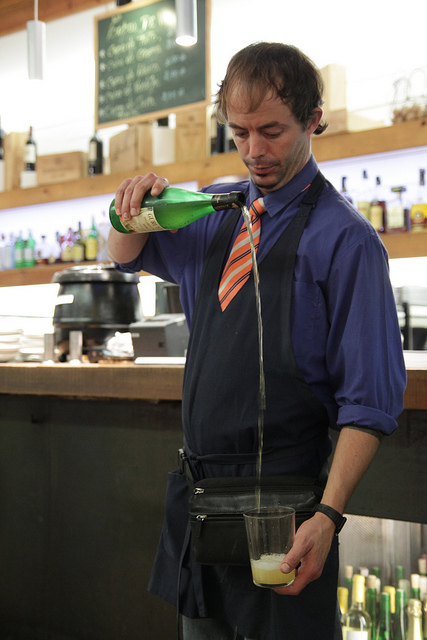The last blog I published was in June, called Growing Pains Part 1. In it, I described some of the big projects we’d undertaken in 2021, which led to serious growth and serious growing pains (namely, always being on the verge of running out of cider).
In that blog, I promised to write a second part that was less of a report on what was causing the growing pains and focused on more how businesses can manage big growth phases. Of course, we’re a relatively young and small business, so this blog about big growth is coming less from the place of ‘this is what other businesses should do’ and more from a ‘this is what we’re trying to do’ place.
Here are some of the pitfalls of big growth and how we’re attempting to manage them.
Growth costs a lot, and usually it costs a lot before you’ve actually grown revenues.
In late 2019 (let’s just forget 2020 happened, because we remained at a static state for most of that year), we were flirting with the edge of maxing out our production equipment. That meant that we couldn’t really make much more cider without having to make major investments in our infrastructure and equipment. Over the years, Joseph had come up with work-arounds and tricks to squeeze more cider out of what equipment we had, but if we wanted to make any more cider, we’d need to put hundreds of thousands of dollars toward it. This was because we couldn’t just buy a new tank. If we increased our tank capacity, we’d have to cut a new concrete pad that could handle the extra weight. If we did that, our glycol chiller wouldn’t be able to keep up with new tanks, so we’d have to get a second chiller. But if we did that, we’d have to upgrade the electrical service and the power to the building. And if we did all of those things and could make more cider, our bottleneck would be Pasteurizing it all, so we’d need a better solution there.
A lot of small businesses find themselves in similar situations. You either have to stop when you’ve maximized your equipment, or you practically have to double everything at once, which costs lots of money and is based on the general ~vibe~ that you’ll be able to grow your sales enough to cover the added expense of this growth. If you are able to find the money to do a major expansion, there are still several possible outcomes. You might find out that it’s going to take longer for sales to pick than you expected and you might run out of cash or even go out of business because your debt burden becomes too much. You could adapt and start offering other services to cover that gap in revenue until sales pick up, like making cider for someone else, or canning cold brew coffee for a local business. In the best situation, your gamble that the demand is out there turns out to be true, and you’re very grateful you had the equipment to handle it.
We are really fortunate to have a lender we’ve worked with since we opened who believed us when we said we needed money to capture this anticipated interest. Luckily, we were right that the demand was there and that the sales would be there on the other side. PHEW. But these major growth periods present a super risky phase for any company, and it puts of lot of promising companies out of business.
Growth means a lot of new people, and potentially, a change of culture. One thing that’s been really important to us since we opened is our company culture. We have a short mission, vision, and values statement as a company, and one of the few values that made the cut was ‘Be nice.’ We want to provide excellent customer service. We want to provide good wages and a good work environment. And we also really want our employees to be nice to each other; to assume the best of each other and give the benefit of the doubt when there are conflicts. To say, “Hey, how are you?” when you see each other instead of, “Did you do this yet?”
We knew, as we were on the verge of opening the restaurant, that we were about to hire a bunch of new people and that our culture could change pretty quickly if we weren’t on top of it. We had a very intentional meeting with all of our manager-level staff to reiterate what our values were, how we expect managers to behave and handle conflict, and how we want lines of communication to flow. This meeting definitely helped remind everyone of what our expectations were.
A couple months after we opened the restaurant, we started to sense some tensions rising in our staff, both within small teams and across teams. It happens - any time you double the number of people in your company and ratchet up the stress several notches, the culture is at risk. We had to model ourselves the kind of conflict management we want to see in our managers in a few tough conversations. We had to let some people go who just didn’t fit into the vibe we were trying to cultivate. And we had to publicly acknowledge some of the ways we needed to do better.
This is the kind of thing that we’ll have to pay close attention to for as long as we’re in business, but a strong culture of people who support each other is worth the effort it takes.
Growth means most, if not all, systems have to get redone. We have never been the best at creating replicable systems, but we were managing. Then, we added 8 farmers markets every week, a new full-service restaurant, a huge cider subscription program, and grocery sales onto our tenuous-at-best-processes, and most of our systems buckled under the pressure. We’re doing our best, gritting our teeth and holding on as we get through this extremely hectic and stressful busy season (people love cider in the fall!), but we know that we have a whole lot of shoring up to do during our down season this winter. We’ll (hopefully) have some time to review what worked in 2021 and what didn’t, and to create new systems. So while 2020 was the year of Pandemic Pauses and 2021 was the year of Big Growth, we hope that 2022 will be the year of Replicable Systems and Delivering on 2021 Promises. It’s not so catchy, but it will be pretty important if we want another growth phase in the future (2023??)
Thanks for hanging with us as we’ve grown this year; without customers who are passionate and involved, we wouldn’t have the opportunity to take these big steps.











